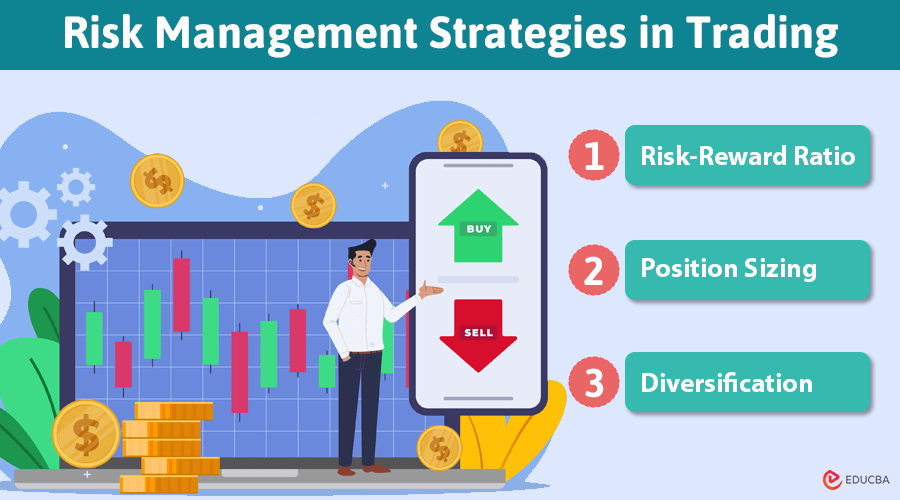
What is Risk Management in Trading?
Risk management in trading includes anticipating and taking measures to reduce risks of losses if the market suddenly moves against your trading position. No one has a magic crystal, no matter their trading experience, and risk management is the main tool to control losses. Using stop-loss and take-profit orders, traders can fix their trading risk-reward and ensure they are profitable in the long term.
Knowing definitions of take profit and stop loss orders is therefore crucial in financial trading.
- Stop loss is an order type that limits losses in trading by closing the trading position if the price moves to a predetermined level.
- Take profit is similar but helps lock in profits.
The basic premise of risk management is to set stop-loss orders, enabling traders to predefine their risks in each trading position.
Why is Risk Management Important?
Financial trading is one place where proper risk management can decide whether the trader is a winner or a loser. Not even the most experienced traders can predict market moves. Thus, risk management is important for both beginners and seasoned pros, allowing them to cut losses early.
The most popular strategies traders use include position sizing, diversification, using stop-loss orders, risk-reward ratios, and more. Let’s list some of the most prominent methods profitable traders use and see what you can do to minimize losses.
Key Risk Management Strategies for Traders
There have been many methods over the years that help counter trading risks. Expert traders have used these strategies, which have been valid and powerful.
Let’s briefly overview the most popular ones together with practical examples.
#1. Risk-Reward Ratio
By setting the right stop loss and take profit orders, traders can limit losses and also enhance their profitability.
This powerful approach ensures that even if the trader wins fewer trades, their profits outweigh their losses. With this risk-reward strategy, even if traders are only profitable 50% of the time, they can generate profits in the long term.
Every strategy has a different risk-reward ratio, and it depends on the trader’s risk appetite and the win rate of the strategy. Strategies that win more than 50% of the time typically have lower risk-reward ratios and vice versa. The risk-reward ratio is so important that some researchers have even developed machine learning models to assess the ratio.
#2. Position Sizing
Position sizing is a way to control how much risk you take when trading. It’s connected to leverage, which lets you trade with more money than you actually have. For example, with 1:20 leverage, you can control trades that are 20 times bigger than your account balance.
Choosing the right position size is important to avoid big losses. If you are not careful, you could lose all your money quickly.
It’s safer to risk only 1-2% per trade, especially for beginners.
#3. Diversification
Diversification is a powerful risk management method that investors and experienced traders use. It simply means to spread risks over several assets, ensuring no one single asset’s adverse movements can harm the portfolio significantly.
Experienced traders have portfolios where they can hold several assets at once, further reducing risks.
The Psychology of Risk Management
Losses are never easy to swallow emotionally, especially if a trader loses several trades in a row. Traders can easily get stressed, and emotions such as fear and greed can take over trading. The only thing helping traders in this matter is discipline, which means sticking to their trading strategies and following the rules outlined in the plan without deviation. It is difficult to continue trading after experiencing several losing trades, and overtrading and revenge trading can seriously jeopardize the trading account. It is why discipline is a must when trying to stay focused.
Recommended Articles
If you found this article on “Risk Management in Trading” useful, here are other articles that you might find helpful as well.
